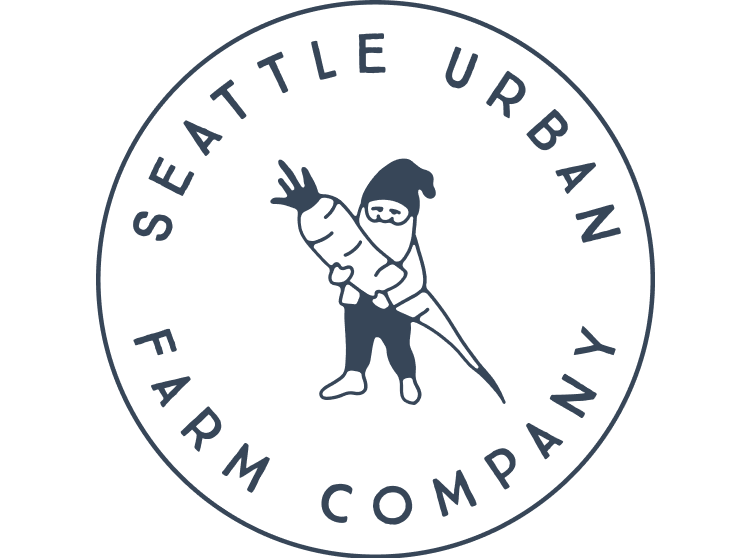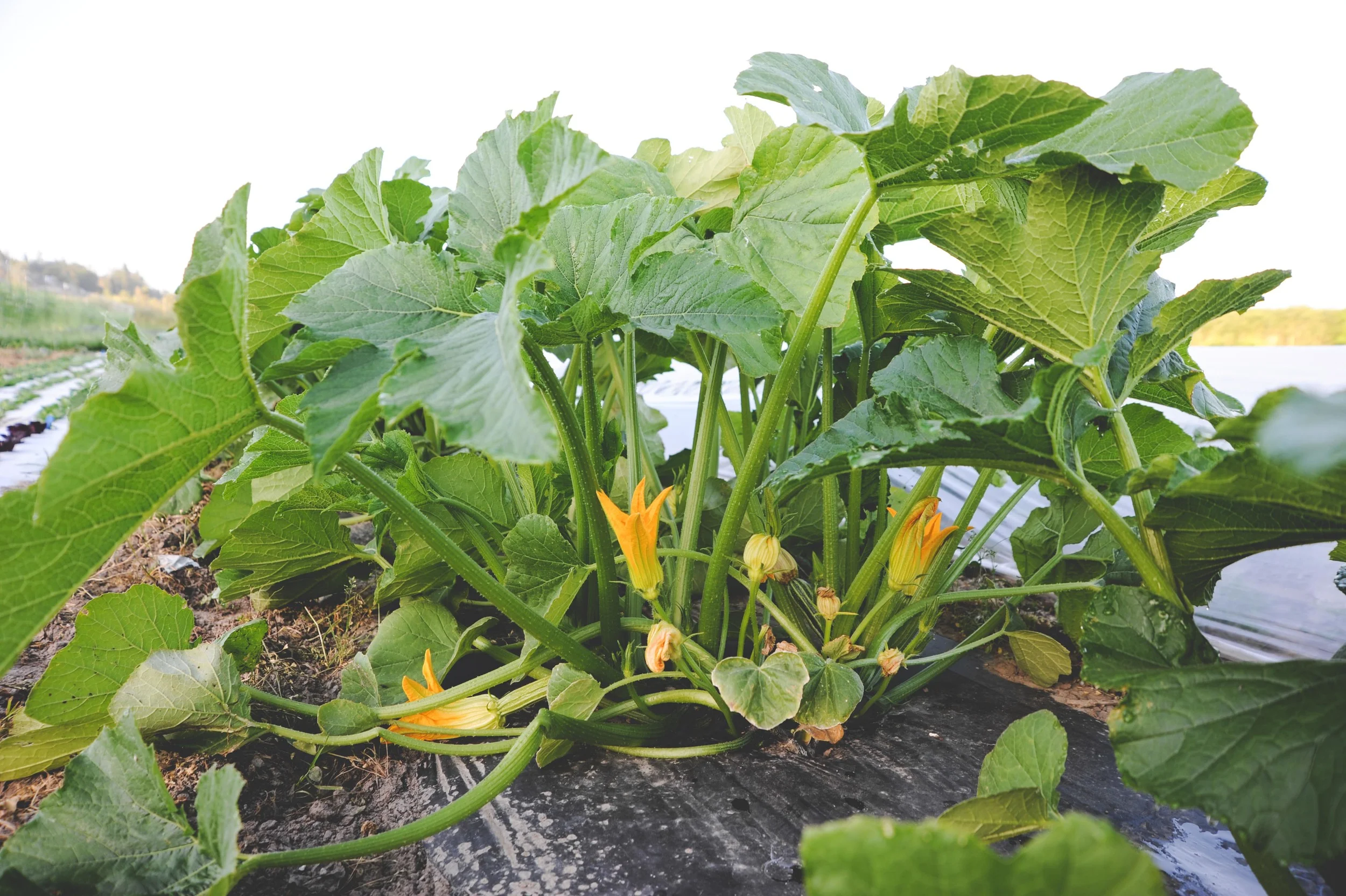Summer squash are a great go-to for the Pacific Northwest gardener. They grow well here, are very productive, delicious and even happy growing in large containers! In fact, the main problem folks seem to have with summer squash is not knowing what to do with all of the fruit it produces! Yes, that is right; summer squash is technically a fruit. The plant flowers, the flower is pollinated, and from the flower grows a fruit!
One way to control the amount of fruit your summer squash plant is producing is to harvest and eat the flowers, which are somewhat of a delicacy in many countries. Another way to manage your summer squash plant is to harvest the fruit often when it is still small. By harvesting small fruit often, you are picking the fruit when it is most tasty and has the best texture. Large summer squash over, say, 9 inches, starts to develop large seeds and a pithy texture. If you do happen to let one or two fruit get away from you (they do have a way of hiding…), larger fruit are great for baking or relish.
Summer squash plants grow to be very large. We suggest just planting one or two in your garden and spacing them two feel apart. If it turns out that you can’t get enough of these delicious curcubits, you can always plant another round later in the season. In fact, replacing your summer squash part way through the season is often necessary, as it is common for them to develop powdery mildew after a few months in the garden. If you start to see a powder-like substance on the leaves of your summer squash harvest the fruit and pull the plant.
A few varieties of summer squash we suggest:
Zephyr: This attractive squash is yellow with light green blossom ends. It is a great squash to cut up and stir-fry, or bake and has a firm texture and slightly nutty flavor.
Jackpot: This is a great classic green zucchini variety.
Tromboncino: This light green Italian variety of summer squash is unique in that it’s plant has a vining habit. The shape of the fruit is gourd-like and is delicious steamed, grilled, or raw.
Street Address
Seattle
206.816.9740
Grow a garden you love
Your Custom Text Here

